The new Audi Q6 E-tron has been priced from £59,975 in the UK, with the sportier Audi SQ6 variant starting at £93,950.
Available to order now, the electric SUV has been described by Audi boss Gernot Döllner as a “technological leap”, ushering in a new, high-tech platform.
Including the SQ6, there are no fewer than 10 variants to choose from, starting with the Q6 E-tron Sport, followed by the Q6 E-tron Performance and topped by the four-wheel-drive Q6 E-tron Quattro.
Standard equipment includes LED lights, a heat pump for improved efficiency, comfort suspension, heated front and rear seats, 19in wheels, ambient lighting, a 14.5in touschreen, an 11.9in driver's display, wireless phone charging, adaptive cruise control, a reversing camera, a Bang & Olufsen sound system and a head-up display.
S Line trim adds larger 20in wheels, unique exterior trim, privacy glass and a heated steering wheel. Edition 1 cars get 21in wheels, a 10.9in passenger-side touchscreen, red brake calipers and electrically adjustable sports seats.
The range-topping SQ6 adds adaptive air suspension, sportier exterior styling, a panoramic sunroof, Nappa leather upholstery, electric steering-wheel adjustment and digital tail-lights featuring Audi's new communication light feature.
The Q6 sits between the Q4 E-tron and Q8 E-tron in Audi’s electric SUV line-up, rivalling the BMW iX3 and Jaguar I-Pace.
Audi Q6 E-tron: Powertrains and performance

While the Q6's exterior styling is a relatively conservative development from that of those EVs, its technology represents a significant step forward, as it's based on the advanced new Premium Performance Electric (PPE) platform that Audi has co-developed with Porsche.

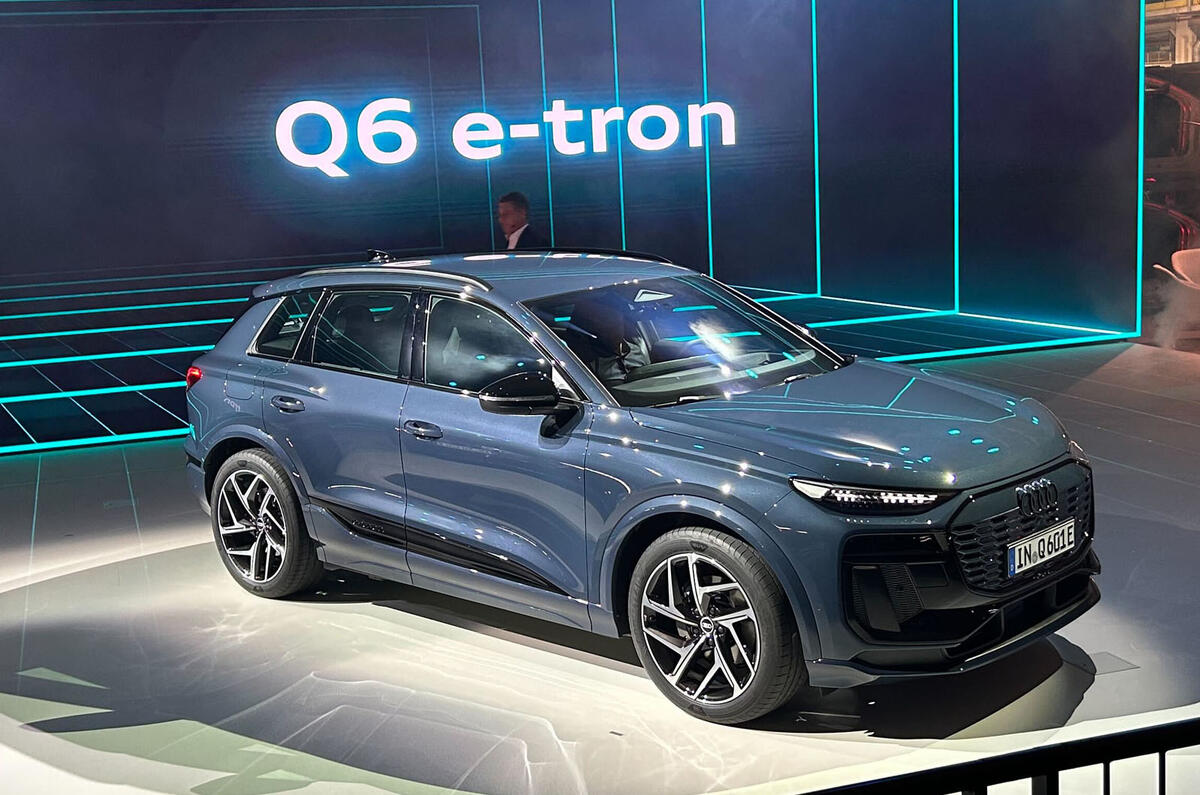
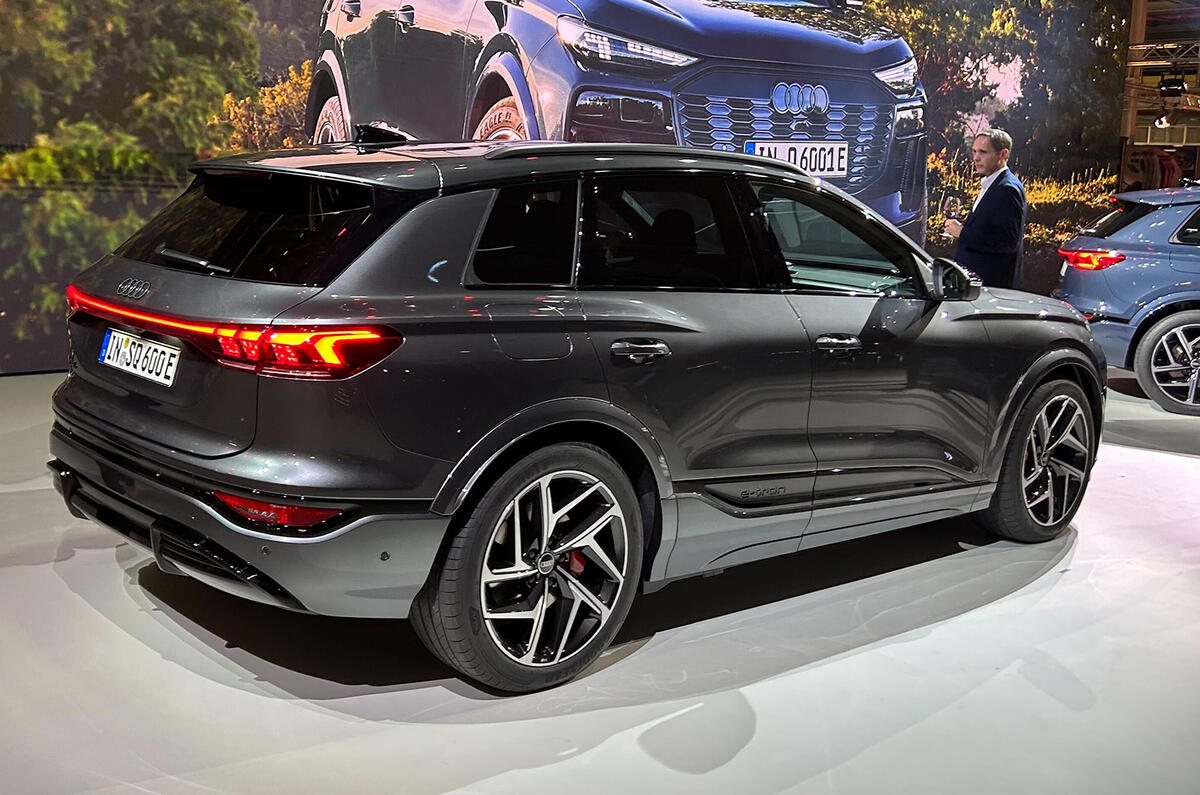
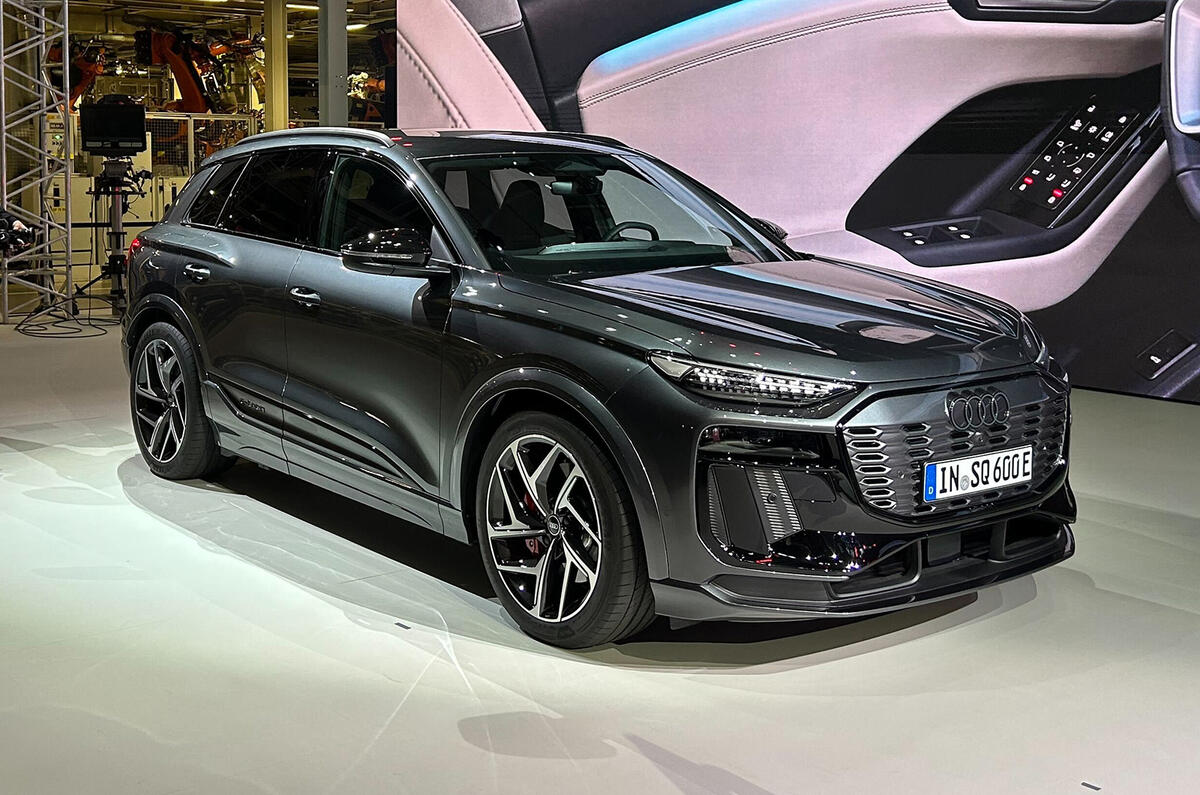
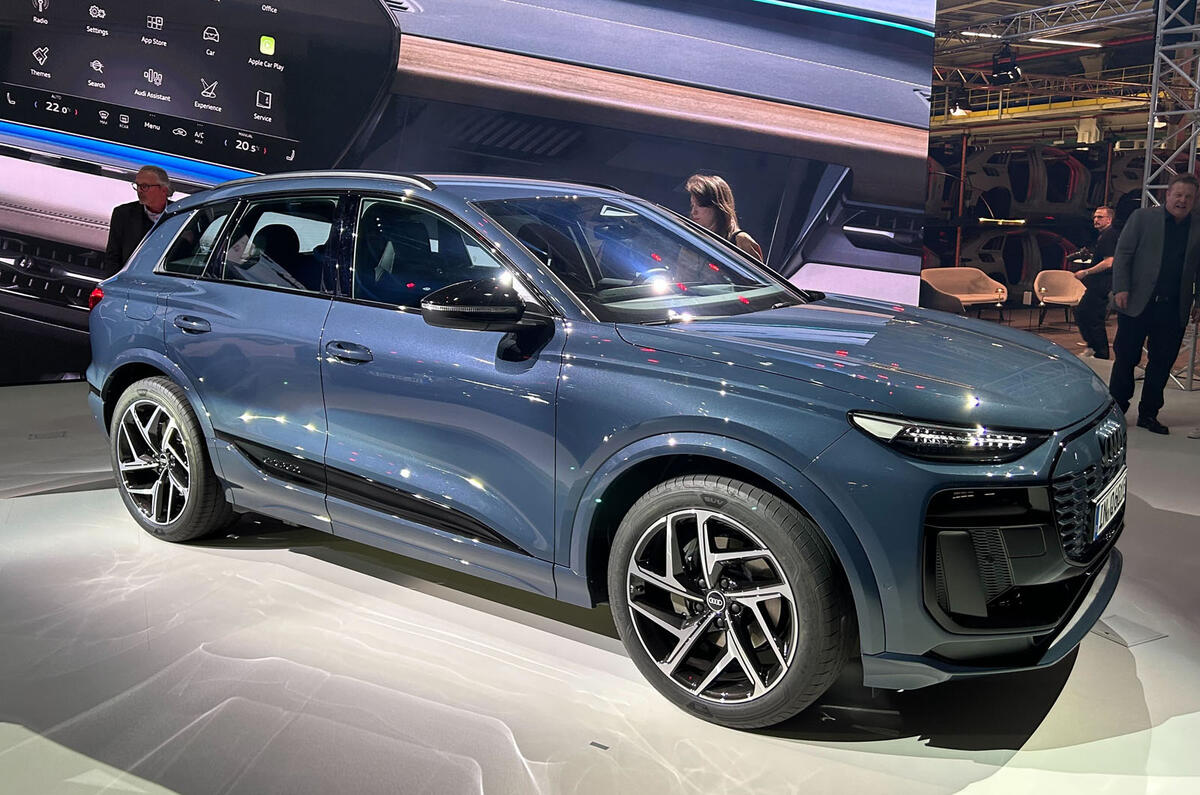
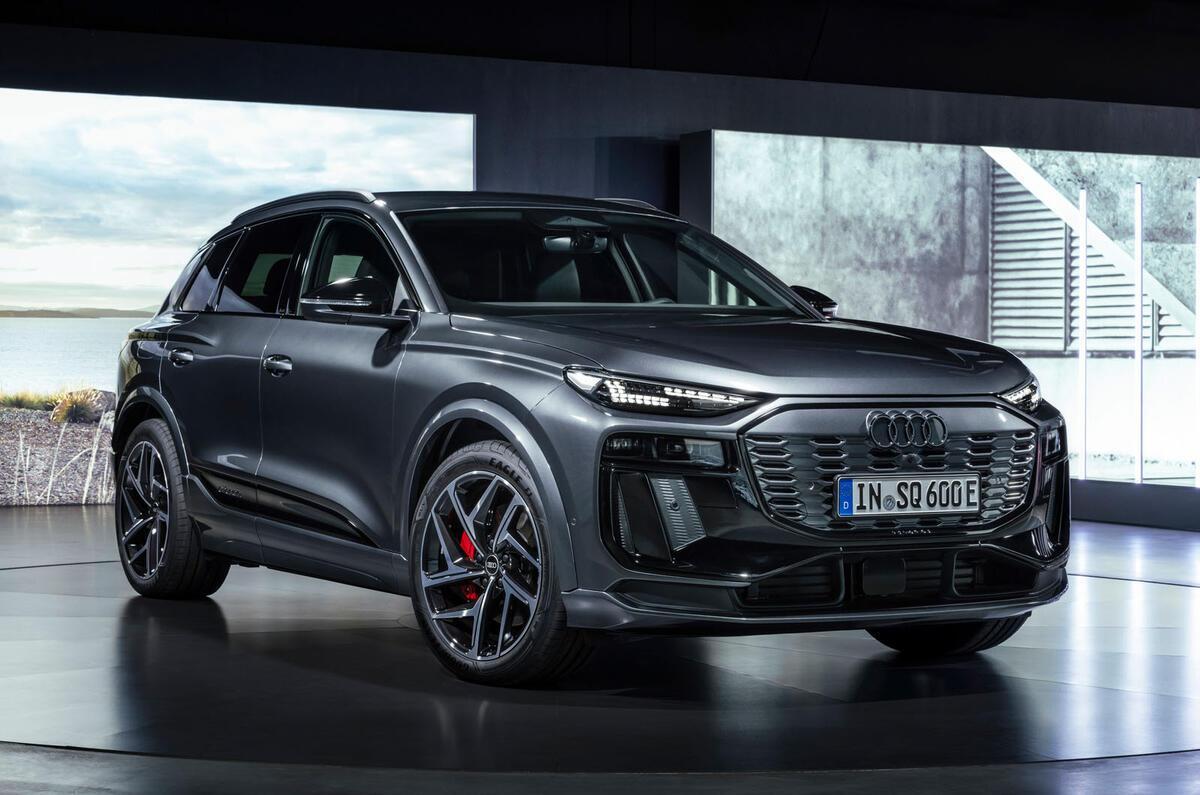
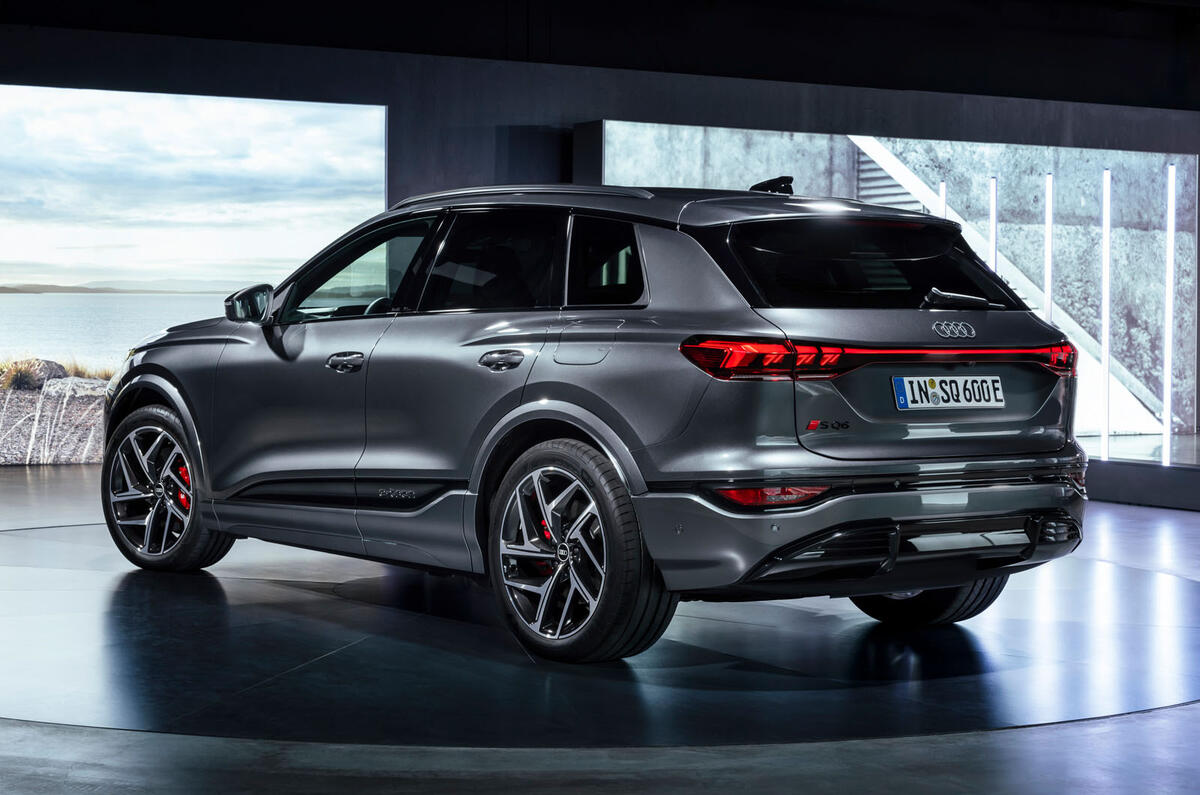
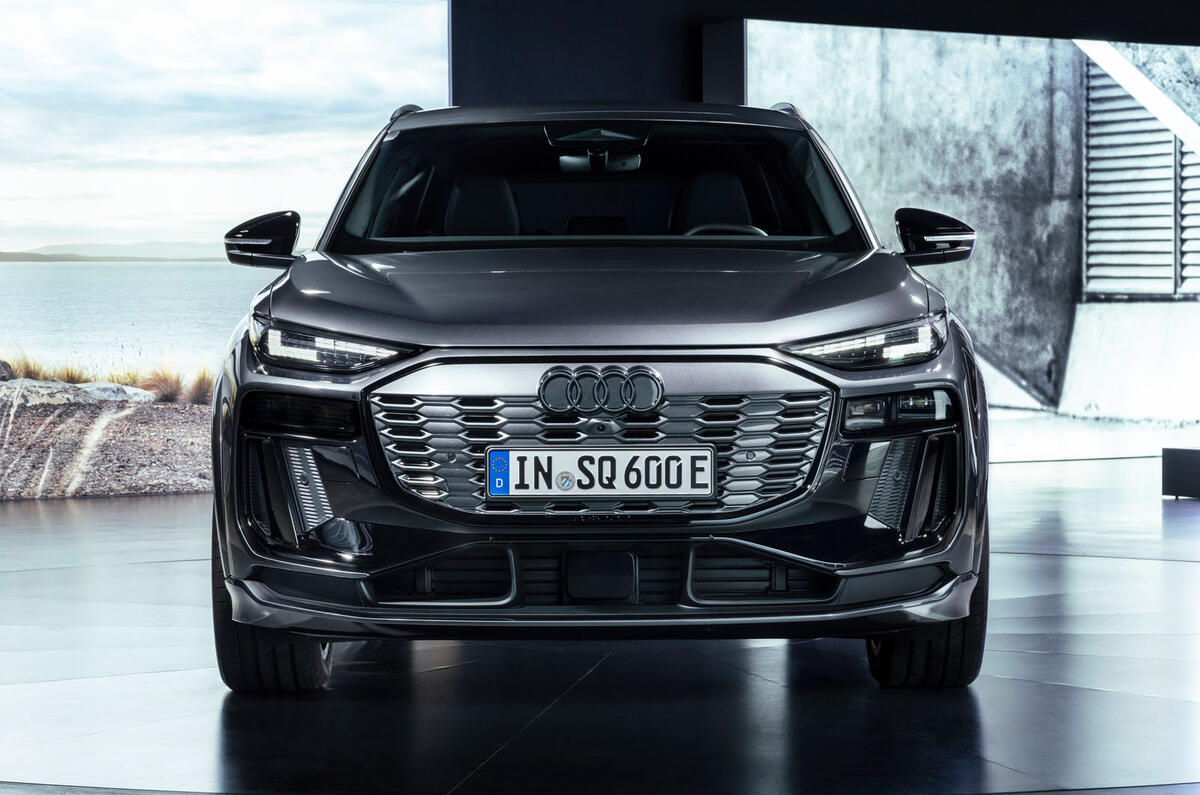
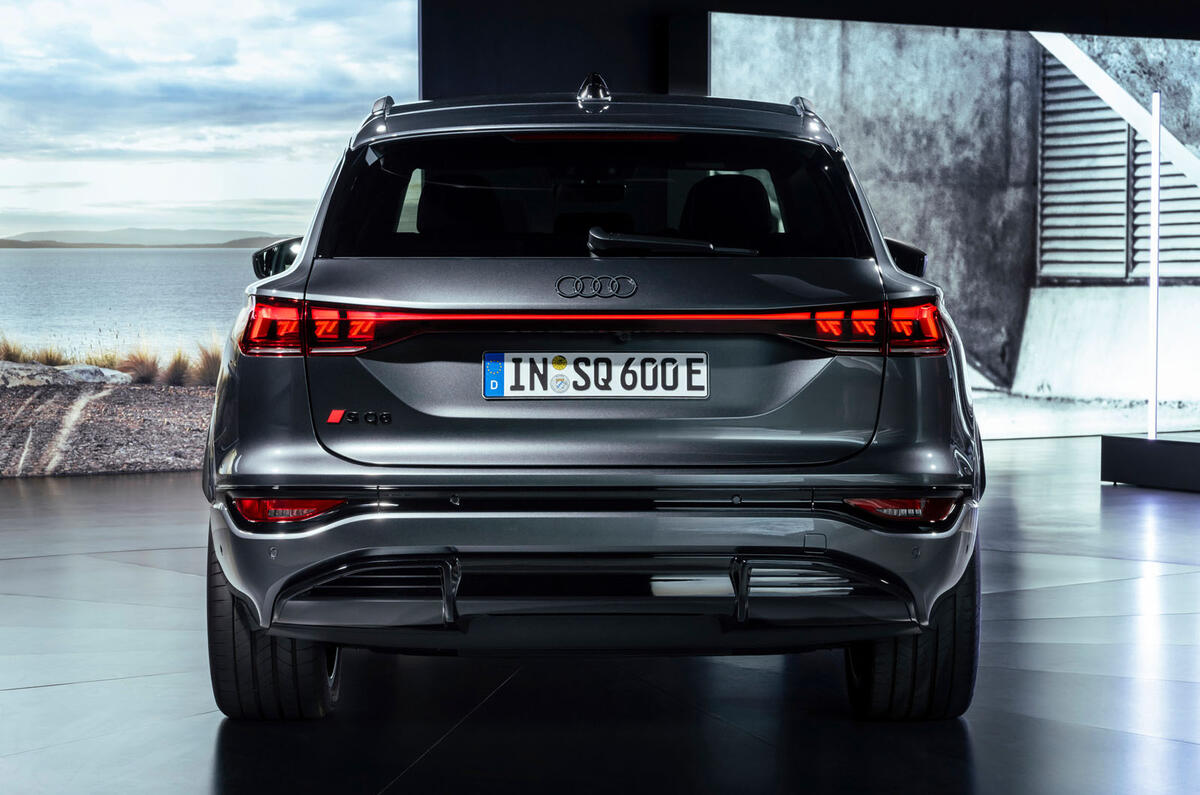
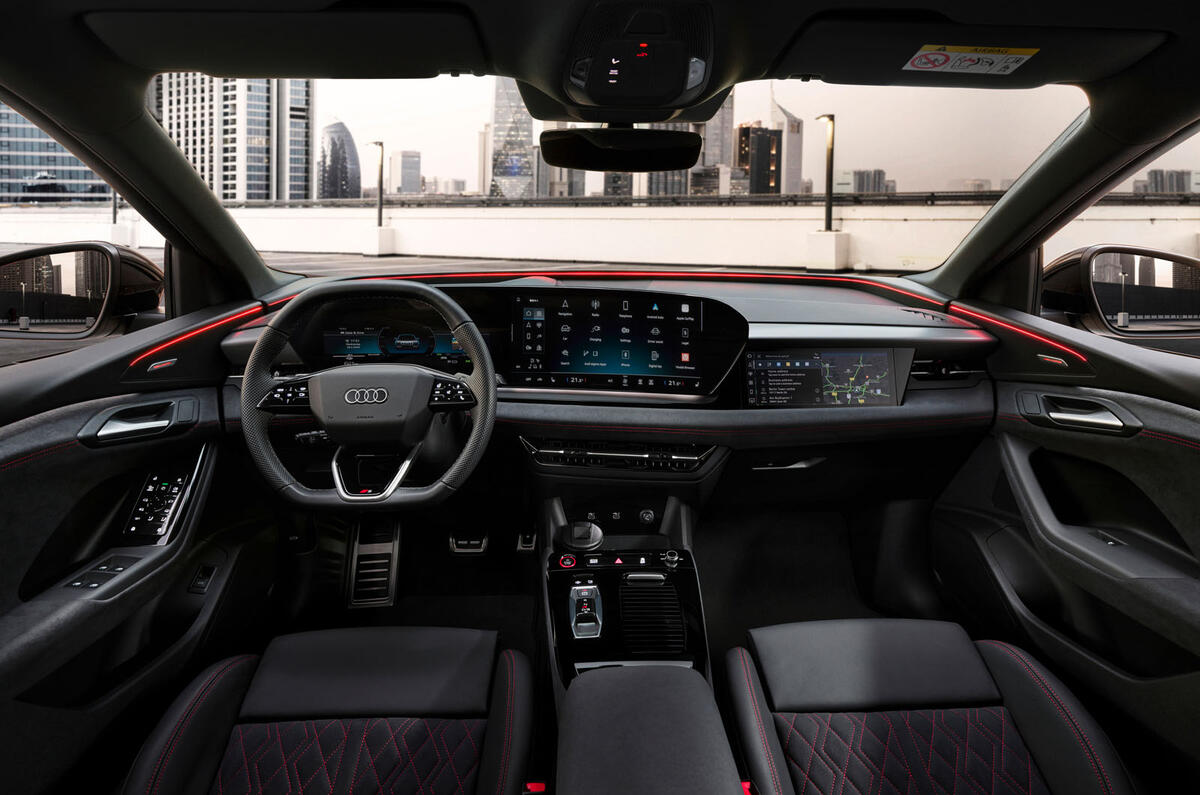
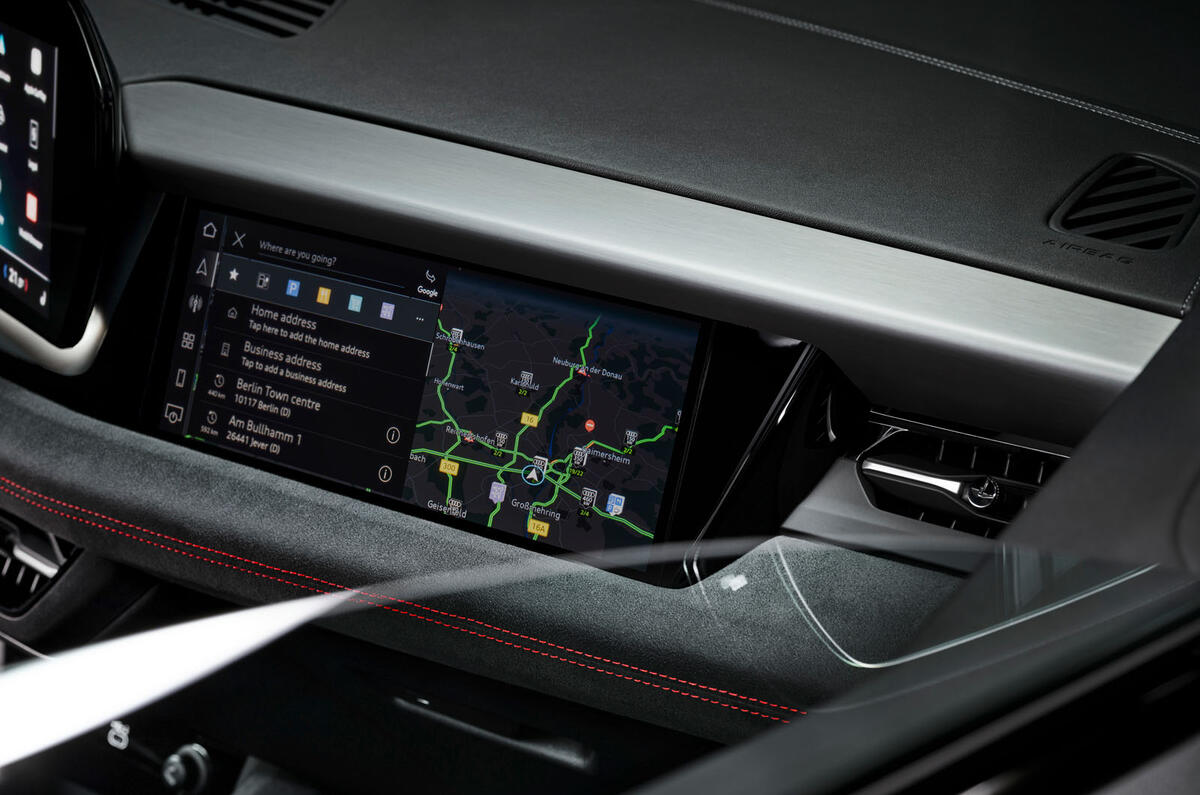
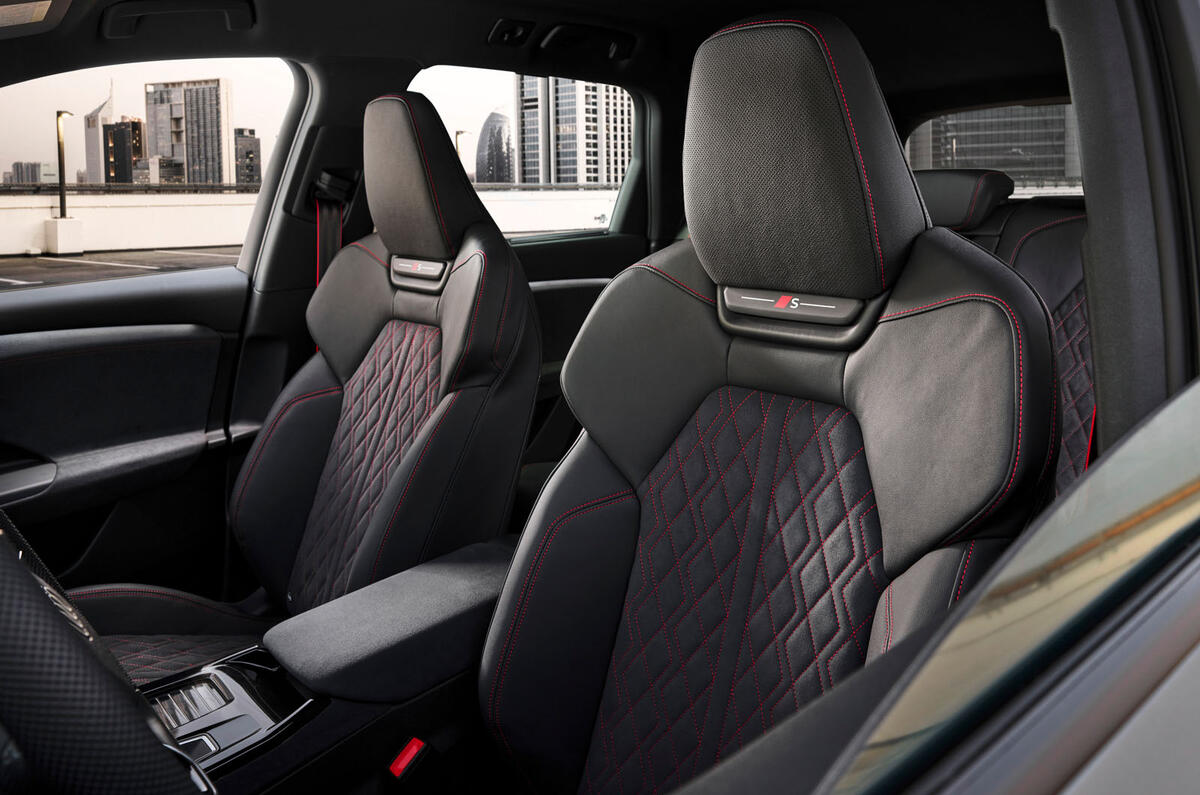
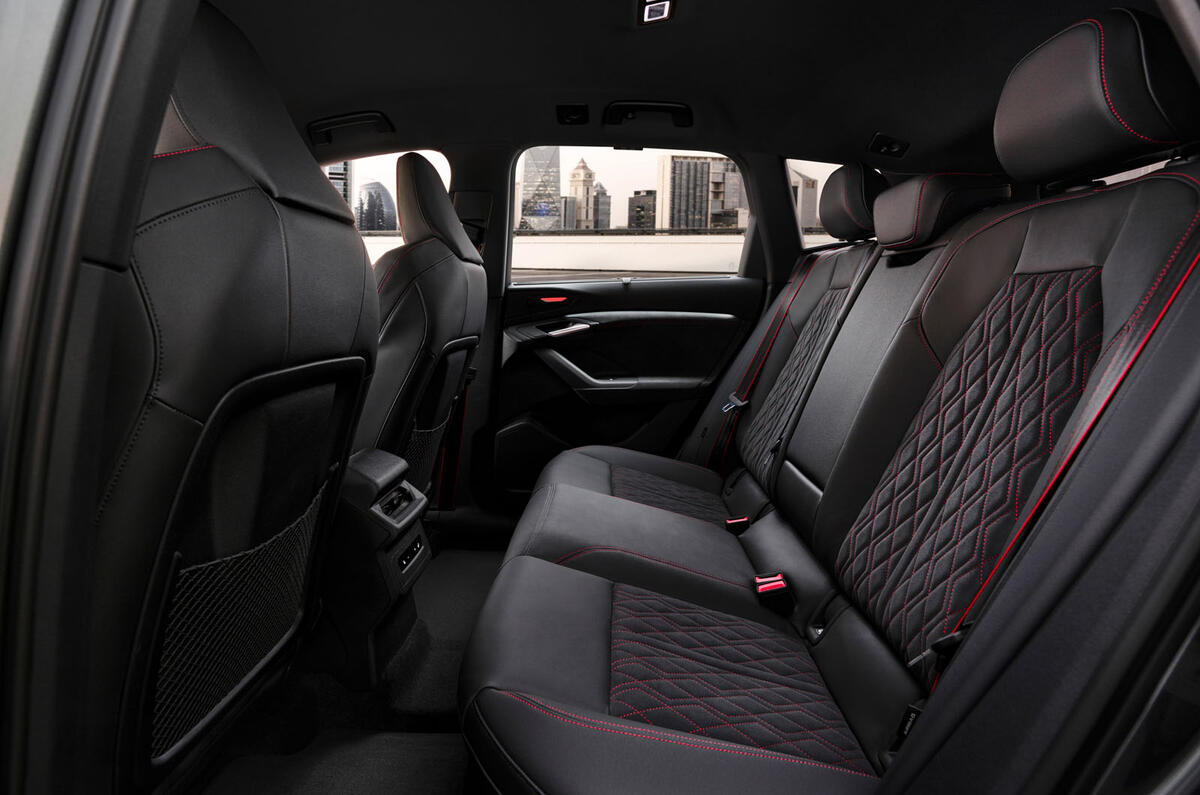
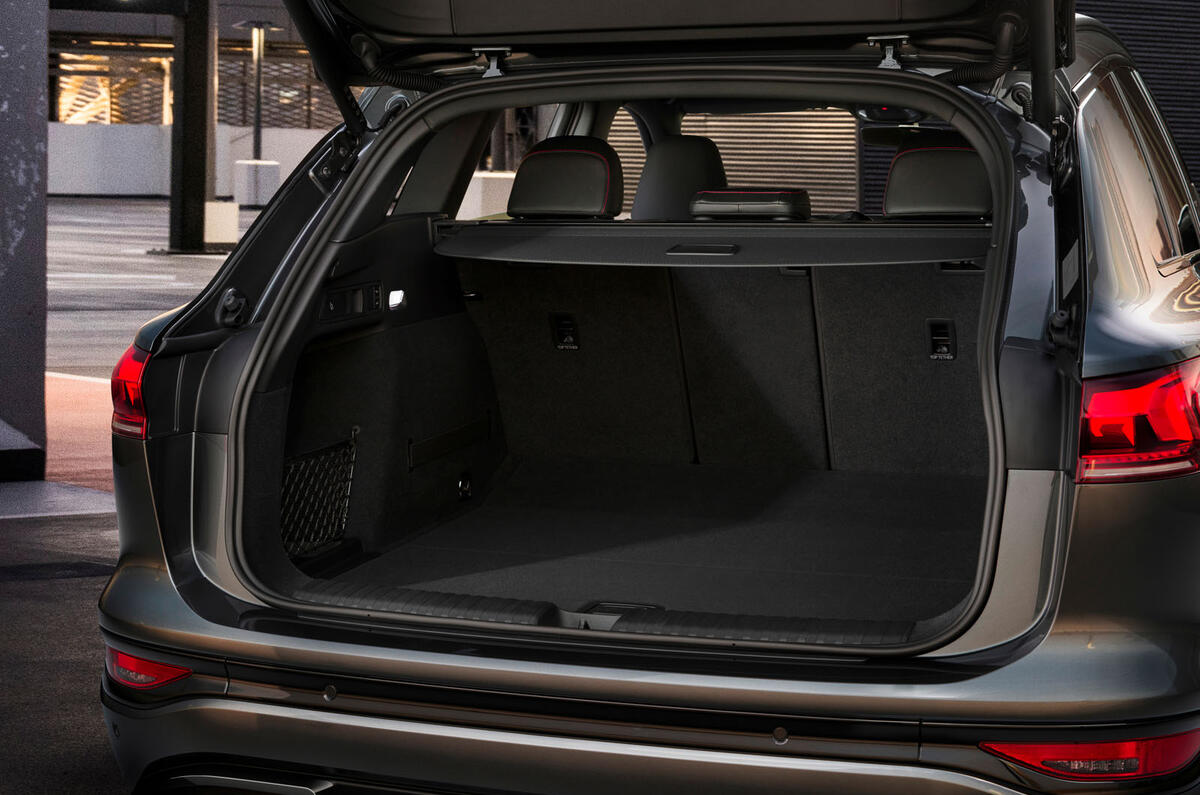
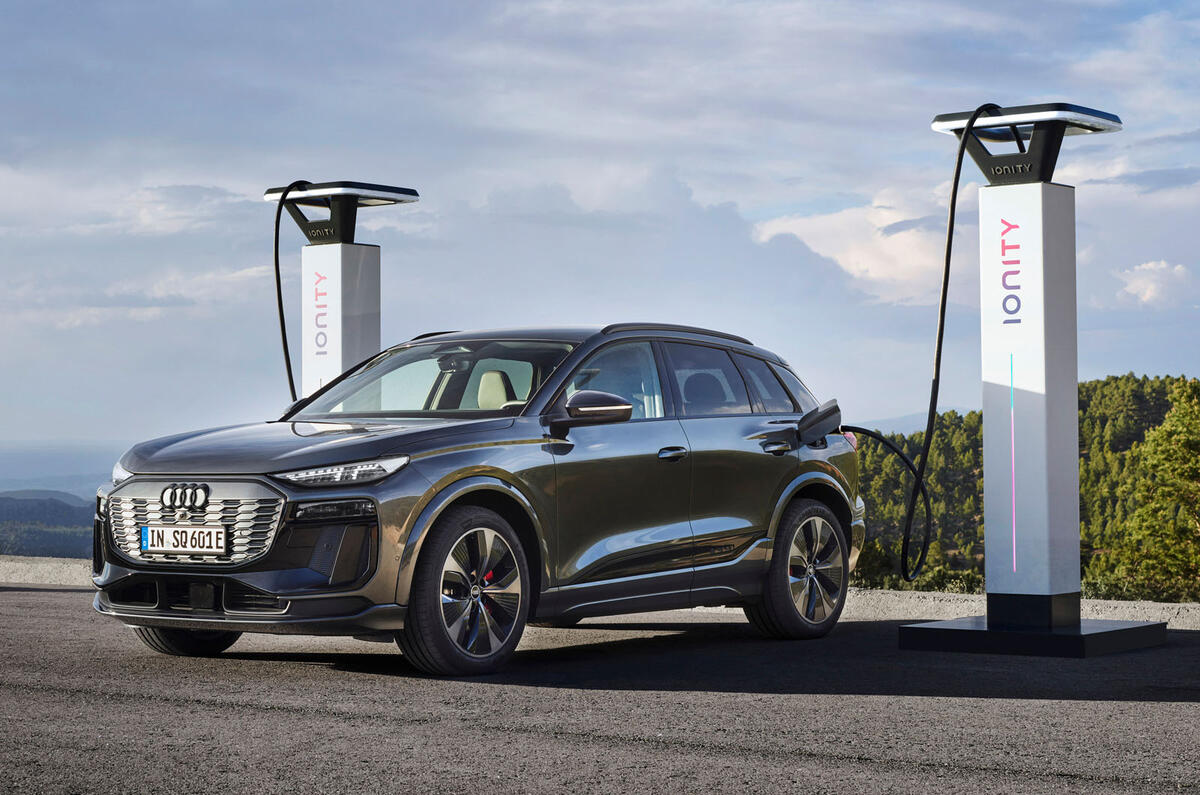


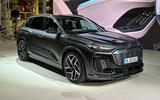
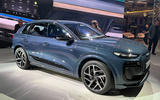
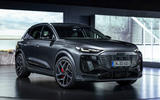
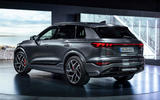
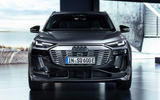
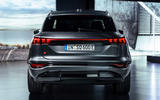
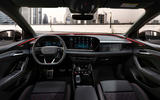
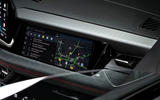
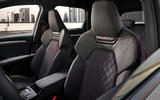
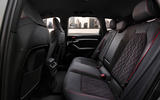
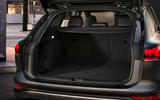
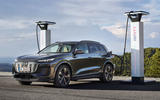












Join the debate
Add your comment
Another small truck which will overhang parking spaces by 3 feet due to numpty drivers, and costing at least twice what most people could ever consider ever spending. Economy of 3.6 miles/kwHr is pretty bad in real terms, but I suppose Ok for an overweight lorry.
Any news of sensible cars for normal budgets ?
Please no.....
The design of the passenger's screen seems to clash with the driver's screen. Seems a tad awkward to me. I was looking forward to the Q6 as I thought the related Macan EV turned out quite nicely. But this car is just a little... dull, I guess. Maybe it'll look better in the metal.